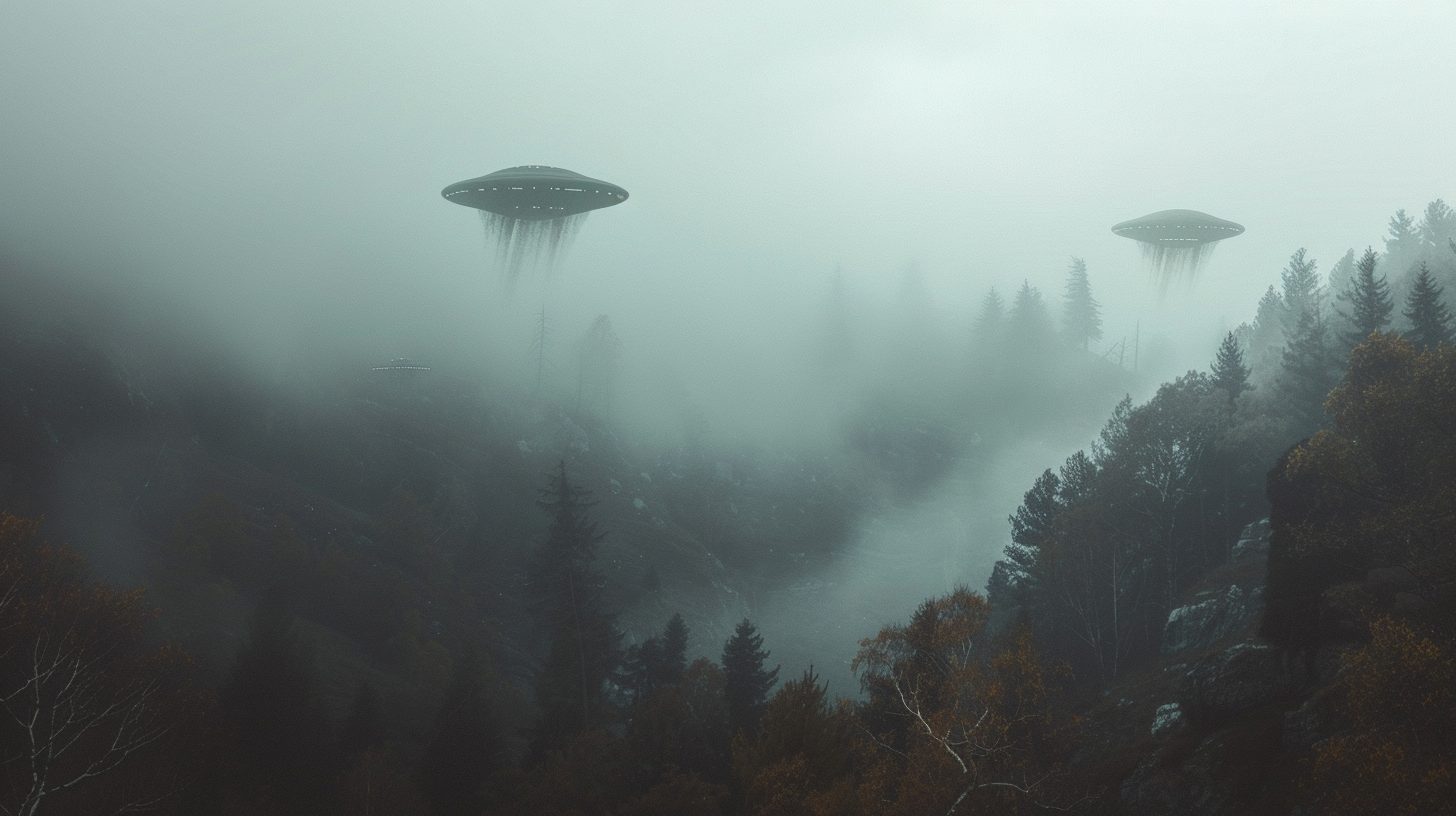The idea of extraterrestrial life has long captivated the human imagination, sparking countless theories and debates. However, a recent study by researchers at Harvard University’s Human Flourishing Program has taken this fascination to a whole new level. The study, which is yet to be peer-reviewed, suggests that intelligent life forms from other worlds may not just be visiting Earth, but could actually be living among us, concealed in plain sight.
The researchers in the Harvard study have taken a fresh approach to the study of Unidentified Aerial Phenomena (UAP), commonly referred to as UFOs. Rather than focusing solely on aerial sightings, they have expanded the scope to include any unexplained phenomena, including those that may occur underwater or even on the surface of the Earth. This shift in perspective has led them to propose an “unconventional” explanation for these anomalous occurrences.
At the heart of the Harvard study is the “ultraterrestrial” hypothesis, which suggests that there may be technologically advanced civilizations already present on our planet, living in secret and using advanced stealth technologies to conceal their existence. This hypothesis is a departure from the more commonly accepted explanations, which tend to fall into two categories: conventional terrestrial (human-made technology) or extraterrestrial (advanced civilizations from elsewhere in the cosmos).
The researchers in the Harvard study have put forward four distinct theories to explain how these “ultraterrestrials” might be living alongside us:
1. Human Cryptoterrestrials
The first theory suggests that there may be an ancient human civilization that has managed to survive in secret, far more technologically advanced than our own.
2. Non-Human Cryptoterrestrials
The second theory proposes the existence of a technologically advanced non-human civilization that evolved on Earth, perhaps originating from an ape-like hominid or even an unknown, intelligent dinosaur species.
3. Time-Traveling Aliens/Humans
The third theory suggests that aliens or humans from the future may have found a way to live on Earth in secret, concealing their true nature and origins.
4. “Magical Cryptoterrestrials”
The fourth and final theory presented in the study is perhaps the most intriguing – the idea of “magical cryptoterrestrials,” akin to “fairies, elves, nymphs,” which the researchers acknowledge may be the most difficult for many scientists to accept.
Unexplained Phenomena and Technological Advancements
The researchers point to the growing number of reported UAP sightings as evidence supporting their theories. According to a 2023 report from the Office for the Director of National Intelligence, there were 510 UAP sightings in 2022, a significant increase from the 366 seen in 2021. Of these, 171 were considered to have demonstrated “unusual flight characteristics or performance capabilities” that warrant further analysis.
These sightings, along with reports of advanced technology like the alleged discovery of intact, non-human-made aircraft, have fueled the researchers’ belief that there may be a hidden, technologically superior civilization coexisting with us on Earth.
The researchers acknowledge that their “ultraterrestrial” hypothesis is likely to be met with skepticism from the scientific community, as it challenges the prevailing consensus on the nature of the universe. They recognize that for many scientists, the idea of “fairies” or other “magical cryptoterrestrials” may be a step too far.
However, the researchers argue that the unconventional nature of some UAP sightings and the limitations of our current understanding of the universe warrant a more open-minded and humble approach to these phenomena. They believe that dismissing these possibilities outright would be a disservice to the pursuit of knowledge and the ongoing effort to unravel the mysteries of the cosmos.
The findings of the Harvard study have the potential to significantly impact our understanding of the universe and our place within it. If the “ultraterrestrial” hypothesis holds true, it could mean that we have been sharing our planet with advanced, technologically superior civilizations for an unknown period of time, fundamentally changing our perception of human history and our relationship with the cosmos.
As the research continues and the scientific community grapples with these provocative ideas, the implications for fields ranging from astrophysics and anthropology to philosophy and even national security could be profound. The Harvard study has undoubtedly opened a new chapter in the ongoing exploration of the unknown, and the world will be watching with bated breath to see what further discoveries and insights may emerge.


Leave a Comment